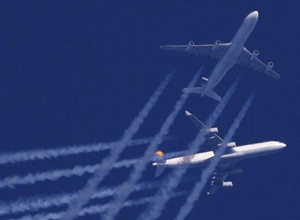
ACAS-TCAS

Cold Weather Operations
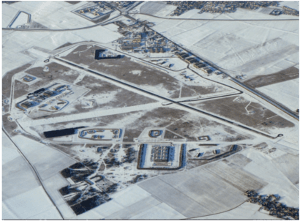
Contaminated Runways
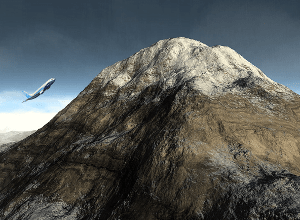
Controlled Flight Into Terrain
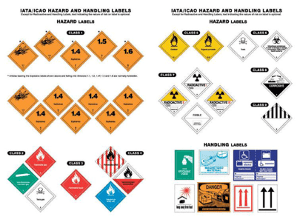
Dangerous Goods

ETOPS
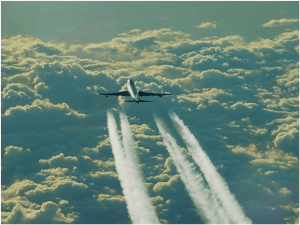
High Altitude Flight

Hot Weather and Sandy Operations
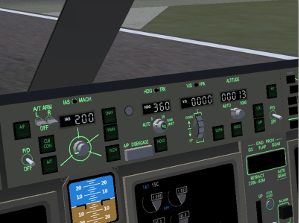
Low Visibility Operations
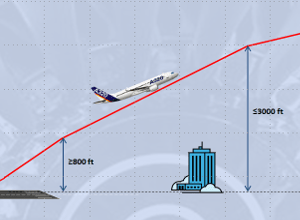
Noise Abatement Procedures
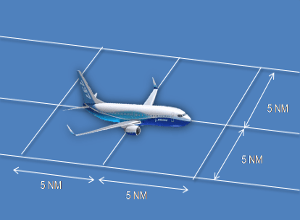
RNP-RNAV
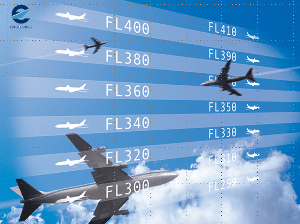
RVSM
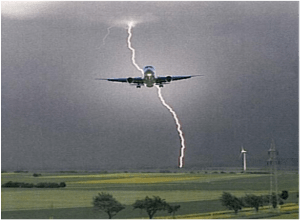
Thunderstorm Avoidance

Upset Recovery
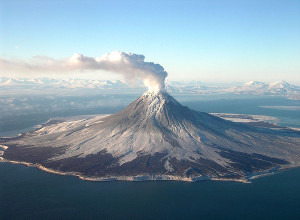
Volcanic Ash
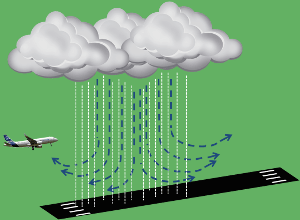
Windshear and Microburst

A320 Family Low Visibility Operations
ACAS-TCAS
Language: English
Content
Module 1
- Introduction
- ACAS working principles and standards
- System components
- Cockpit presentation
Module 2
- The surveillance function of ACAS II
- The collision avoidance and resolution advisories logic
- System limitations
- Occurrence statistics
Cold Weather Operations
Language: English
Content
Module 1. Introduction
- Ground icing
- Contamination aerodynamical penalties
- Instruments effects
- Decision cues
- Frozen contaminations
Module 2. De-Icing / Anti-icing
- De-icing vs Anti-icing
- Types of fluids
- How to De-ice or Anti-ice the aircraft
- Holdover time
Module 3. Flight operation in icing conditions
- Icing conditions / De-icing inspections
- Ground movement
- Take off
- Climb and cruise
- Descent, approach and landing
- Specific regulations
Contaminated Runways
Language: English
Content
- Introduction and definitions
- SNOWTAM
- Friction coefficient and Braking action
- Precipitation drag
- Hidroplaning
- Operational recommendations
Controlled Flight Into Terrain (CFIT)
Language: English
Content
Module 1. Introduction and evolution
- Introduction
- CFIT definition and characteristics
- Accidents review
- Terrain warning systems development and evolution
- CFIT statistics
- Importance of training
Module 2. TAWS, GPWS, EGPWS and MSAWS
- TAWS, GPWS, EGPWS y MSAWS systems description
- CFIT escape maneouvre
Module 3. CFIT risk avoidance
- General considerations
- Before departue
- Take off and climd
- Cruise and climb
- Approach
- Missed approach
- Aproximación frustrada
Dangerous Goods
Language: English
Content
Module 1. Introduction, definitions and categories of dangerous goods
Module 2. Classes and divisions of dangerous goods
Module 3. Listing of dangerous goods
Module 4. Special load notification to Captain (NOTOC)
Module 5. Normal procedures for handling of dangerous goods
Module 6. Emergency procedures
Module 7. Dangerous goods carried by passengers and crew
ETOPS
Language: English
Content
Module 1. Introduction
- ETOPS definition
- ETOPS purpose
- Historical background / Milestones
- ETOPS benefits to airlines
- ETOPS Regulations
Module 2. ETOPS General
- ETOPS operational concept
- Definitions
- ETOPS fuel requirements
Module 3. ETOPS Flight dispatch
- Introduction
- Aircraft maintenance status
- Determination of suitable airports
- Inflight documentation
- Flight tracking
- Weather monitoring
Module 4. ETOPS Operation
- ETOPS Normal Procedures
- Preflight procedures
- Inflight procedures
- ETOPS non-normal procedures
- General considerations
- Diversion decision making
High Altitude Flight
Language: English
Content
Module 1. The high altitude environment
- Introduction. The atmosphere
- Onboard oxygen equipment
- Physiological implications of high altitude flights
- Hypoxia and its types
- Time of useful conciousness
- Decompression sickness
Module 2. Aerodynamics at high altitude
- Introduction
- L/D ratio and cruise speed
- Maximum and optimum altitude
- Center of gravity and its effects on aircraft stability
- High altitude aircraft handling
- Cosmic radiation and its effects on humans
Module 3. Emergencies at high altitude
- Cabin depressurization
- Stall occurrence and recovery techniques
- Unreliable speed indications
- Flight in severe turbulence
Hot Weather and Sandy Operations
Language: English
Content
Module 1. Operations in hot weather
- High temperatura physical effects
- Density altitude
- Ground operations in hot weather
- Flight phases operated in hot weather
- Special considerations
Module 2. Operations in sandy environment
- Introduction to desert / Sandy operations
- Ground operations in sandy environment
- Flight operations in sandy environment
- Sand storms
Low Visibility Operations
Language: English
Content
Module 1. Introduction
- Introduction to Low Visibilty Operations
- Fog. Characteristics and types
- Low visibility take-off minima
- CAT II approach minima
- CAT IIIA, IIIB and IIIC approach minima
- OCA, OCH and OFZ
Module 2. Airport requirements
- ILS system requirements
- ILS critical area and sensitive area
- ILS monitoring sensors
- Runway lighting and marking, approach light system, PAPI and VASI
- Taxiway lighting, marking and signs
- Runway length, width and slope requirements
Module 3. Meteorological and aircraft requirements
- Runway Visual Range (RVR) and Slant Visual Range (SVR)
- Ceilometer and anemometer
- Visual perceptions in low visibility conditions
- Awareness of windshear and ice accretion
- Fail operational and fail passive automatic landing systems
- Alert Height (AH)
Module 4. Low visibility regulations and crew procedures
- Regulations and crew procedures. Preflight
- Taxi
- Take-off
- Approach and landing
- Go around
Noise Abatement Procedures
Language: English
Content
- Noise abatement procedures
- Aircraft noise sources
- Aircraft noise footprint
- ICAO noise abatement procedures including:
-
- Use of noise preferential runways
- Use of noise preferential routes
- Use of noise abatement takeoff or approach procedures: NADP 1, NADP 2
RNP-RNAV
Language: English
Content
Module 1. PBN. RNP
- Performance Based Navigation (PBN) introduction
- Performance Based Navigation (PBN) components
- Required Navigation Performance (RNP). Types of RNP
- Total System Error (TSE)
- RNP on-board navigation equipment
- RNP in oceanic and remote áreas
Module 2. PBN. RNAV
- Area Navigation (RNAV) introduction
- RNAV accuracy, integrity, availability and continuity
- RNAV types and benefits
- RNAV in Europe. B-RNAV and P-RNAV
- RNAV turn and holding performance
- RNAV instrument approaches
RVSM
Language: English
Content
Module 1. RVSM. Introduction
- Introduction and definitions
- History and implementation
- Benefits of RVSM
- RVSM main world regions
- RVSM flight levels
Module 2. RVSM. Requirements
- Aircraft and operator requirements
- Crew requirements
- Flight planning requirements
- European Regional Monitoring Agency (RMA)
- Height Monitoring Units (HMU) and GPS Monitoring Units (GMU)
Module 3. RVSM. Normal procedures
- Preflight procedures
- Inflight procedures
- Procedures before entering RVSM airspace
- Transition to/from non-RVSM/RVSM airspace
- Postflight procedures
- EUR and NAT MNPS RVSM main differences
Module 4. RVSM. Contingency procedures
- Loss of RVSM conditions
- Degradation of equipment
- Severe turbulence / wake vortex
- Rapid descent / loss of thrust / turnback
- TCAS / ACAS alerts / warnings
- RVSM phraseology
- EUR and NAT MNPS main differences
Thunderstorm Avoidance
Language: English
Content
Module 1. Thunderstorms
- Introduction
- Thunderstorm formation
- Thunderstorm stages
- Thunderstorm structure
- Types of thunderstorms
Module 2. Flight hazards
- Turbulence associated with thunderstorms
- Thunderstorm windshear
- Tornadoes
- Hail / Rain / Icing
- Lightning and static electricity
- Instrumental errors and limitations
Module 3. Operational avoidance
- Thunderstorm warnings
- Use of weather radar
- Procedures and flying techniques
- Conclusions
Upset Recovery
Language: English
Content
Module 1. Introduction and upset causes
- Introduction to airplane upset
- Objectives
- Main causes of airplane upset
- Summary
Module 2. Flight dynamics
- Flight dynamics fundamentals for pilots reviews
- Miscellaneous issues associated with upset recovery
- Summary
Module 3. High altitude upset
- Introduction to airplane upset into high altitude environment
- Definition
- High altitude threats
- Aerodynamic principles
- Flight characteristics into high altitudes
- Automation during high altitude flight
Module 4: Recovery techniques
- Introduction
- Training methodology
- Recovery from airplane upsets
- Summary
Volcanic Ash
Language: English
Content
Module 1: Introduction
- What a volcano is and how it works
- Where volcanoes are located
- The dangers for aviation
Module 2: Volcanic activity notification to flight crews
- Most relevant ash cloud encounters
- Volcanic Ash Advisory Centers (VAACs)
- SIGMET
- NOTAM and ASHTAM
Module 3: Operational recommendations
- Volcanic ash detection
- On ground operations
- In flight operations
Windshear and Microburst
Language: English
Content
- Introduction and description
- Windshear
- Dry and wet microbursts
- Recognition and avoidance
- Operational recommendations
A320 Family Low Visibility Operations
Language: English
Content
- Introduction to A318 / A319 / A320 and A321 Low Visibility Operations
- Definitons
- Flight preparation
- Low visibility take-off
- Low visibility approach
- Failures and associated actions
